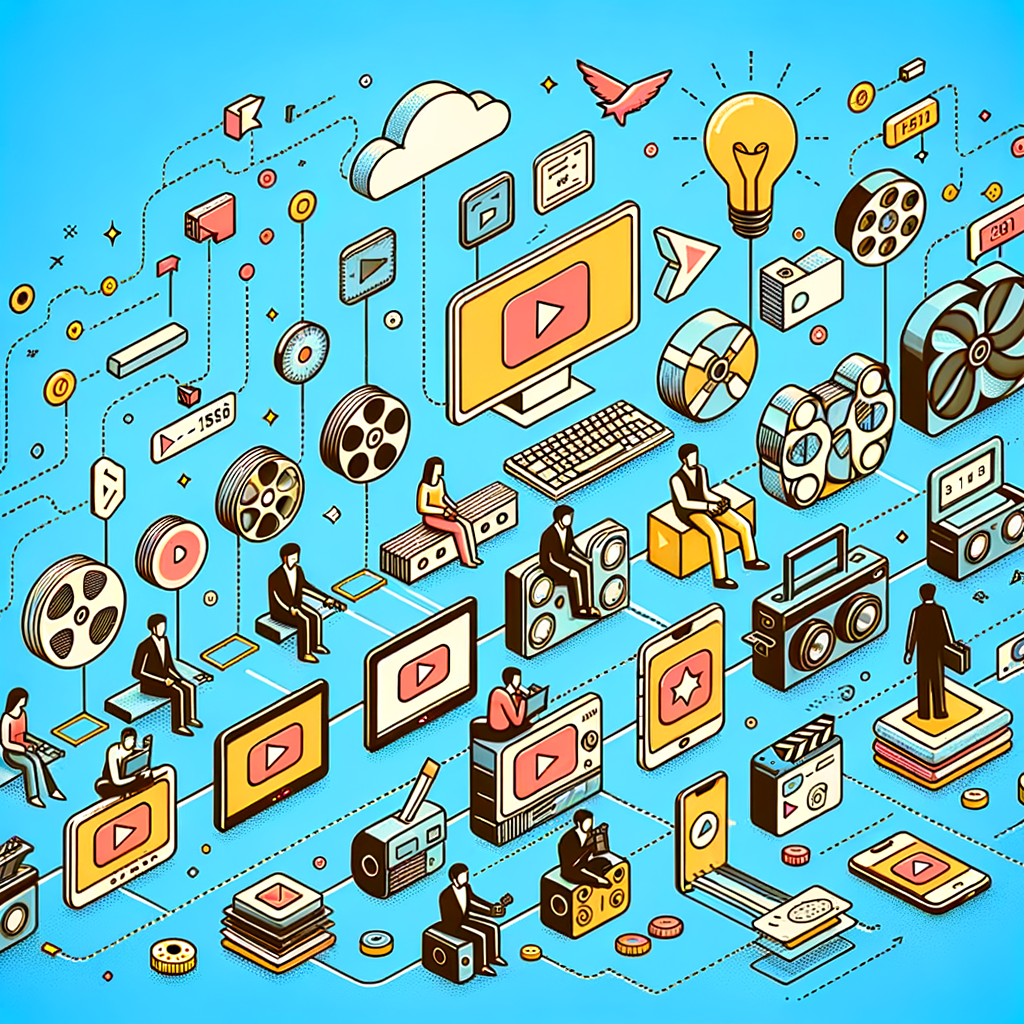The Basics of Video Streaming Technology
At its simplest, video streaming is the process of transmitting video data over the internet in small, continuous packets, allowing viewers to watch content instantly instead of downloading it first. When you click “play” on a video, your device uses a protocol such as HTTP Live Streaming (HLS) or MPEG-DASH to fetch and display the stream in real time. This seamless experience relies on adaptive bitrate streaming, which automatically adjusts video quality based on your internet speed, ensuring smooth playback even with fluctuating connections. Major platforms like Netflix and YouTube pioneered the use of content delivery networks (CDNs) to distribute videos quickly to millions of users worldwide. The efficiency of video streaming lies in its ability to balance quality and speed, delivering everything from short social media clips to high-definition live broadcasts with minimal delay.

Why Video Streaming Matters in Today’s Digital Landscape
Video streaming isn’t just about entertainment—it’s reshaping how we communicate, learn, and share information around the globe. The convenience of accessing content on-demand has made streaming the go-to method for everything from catching up on news to online education and corporate training sessions. One of the most significant impacts is accessibility: people can join live events, watch lectures, or stream their favorite shows from virtually any device with an internet connection. This shift has also empowered creators, giving rise to independent channels and influencers who reach millions without traditional media barriers. According to leading industry reports, video now accounts for over 80% of global internet traffic, underlining just how integral streaming has become in the digital space.
The Real-World Applications of Video Streaming
The rise of video streaming has transformed countless industries by making video content instantly accessible, interactive, and scalable. In education, schools and universities use platforms like Zoom and Coursera to deliver live lectures and recorded courses to students worldwide. Healthcare providers now rely on live video consultations to reach patients remotely, a trend accelerated by the global pandemic. Businesses stream virtual conferences, product launches, and staff training sessions to connect teams across borders, saving both time and resources. Entertainment remains at the core, with services such as Netflix, Disney+, and Twitch offering everything from blockbuster movies to esports tournaments and niche community streams. These real-world applications show just how versatile and essential video streaming has become in supporting both everyday and mission-critical tasks.
Frequently Asked Questions
How has video streaming changed over time?
Video streaming has evolved from slow, low-quality clips to high-definition live broadcasts, thanks to faster internet and advanced platforms that
make video content widely accessible.
Why is video streaming so popular today?
People love streaming for its convenience, on-demand access, and wide variety of content, making it
a preferred choice for entertainment, learning, and communication.